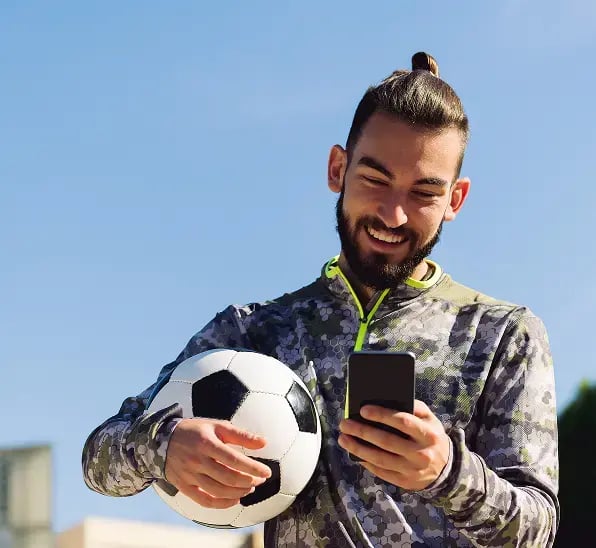KNOWLEDGE HUB
Explore our blog, news, case
studies, and whitepapers
Infront Blog
How grocery brands use virtual advertising in sports sponsorship to score big with fans
Discover how grocery brands like Penny, Lidl, and Kaufland use virtual advertising in sports sponsorship to achieve targeted, ...
The invisible performance: How broadcast production shapes the sport we see
Discover how modern broadcast production shapes sports experiences, builds fan loyalty, and enhances viewer engagement through ...
The quiet art of delivering global sports spectacle
Discover what it really takes to deliver a global sports broadcast — from media rights and planning to signal routing, access ...
Subscribe to our newsletter
Want to know more? Sign up to receive news and inftormation from Infront.
News
Infront and BWF extend partnership to drive badminton’s next era of global growth
BWF and Infront extend their partnership for eight more years, aiming to drive global growth, enhance technology, and boost fan ...
Keeping the world moving: Exciting growth across our Active Lifestyle portfolio in 2025
What we have seen first-hand, as a leader in participation sports across over 170 events that welcome more than 1.5 million ...
Infront secures LaVita as Title Sponsor of IBU’s flagship biathlon events
Four-year partnership begins with the 2026/27 season, covering the IBU World Cup Biathlon and IBU World Championships Biathlon
Brave New Sport Blog
How meaningful sponsorship has driven change in Formula 1
Formula 1 has undergone a seismic shift in perception, audience and popularity. How have brands driven that change?
Polarization calls for geopolitical and cultural competence
Sports organizations are struggling to cope with a polarized global environment. A nuanced understanding of geopolitics is more ...
In the news – Sports Maniac Podcast, Blick and ESB Network
The concepts outlined in Brave New Sport have been discussed with a broad audience, both online through our own deep dive series.
Raising the game: How Infront Productions delivers world-class production for the IIHF Ice Hockey World Championship
Working alongside the IIHF since 1981 and handling full project management of live and non-live content since 2017, Infront Productions oversees every element of the Championship’s broadcast output.
Case Studies
Raising the game: How Infront Productions delivers world-class production for the IIHF Ice Hockey World Championship
Working alongside the IIHF since 1981 and handling full project management of live and non-live content since 2017, Infront ...
Serving success: Vodafone's strategic play in Turkish Women's Volleyball
Vodafone entered the largest sponsorship of its kind for women’s sport in Turkey and volleyball globally, indicating a ...
Hey Google, tell me about the FIBA Women’s World Cup
Google was named the inaugural partner ahead of the FIBA Women's Basketball World Cup 2022, representing a joint endeavour to ...
Whitepapers
The unstoppable rise of esports
The lock down has only accelerated the advance of esports. Investing in esports enables rights holders, brands and broadcasters ...
Coronavirus: sports sponsorship post crisis planning
This white paper outlines the challenges and opportunities for the industry as sport resumes post coronavirus with focus on ...
Next Play: The audience-first era starts now.
Discover five key trends in sports that enhance fan engagement and create sustainable revenue through personalized experiences ...
Join the Infront newsletter
Be the first to find out about new features, events, and updates when you sign up for our free newsletter!

